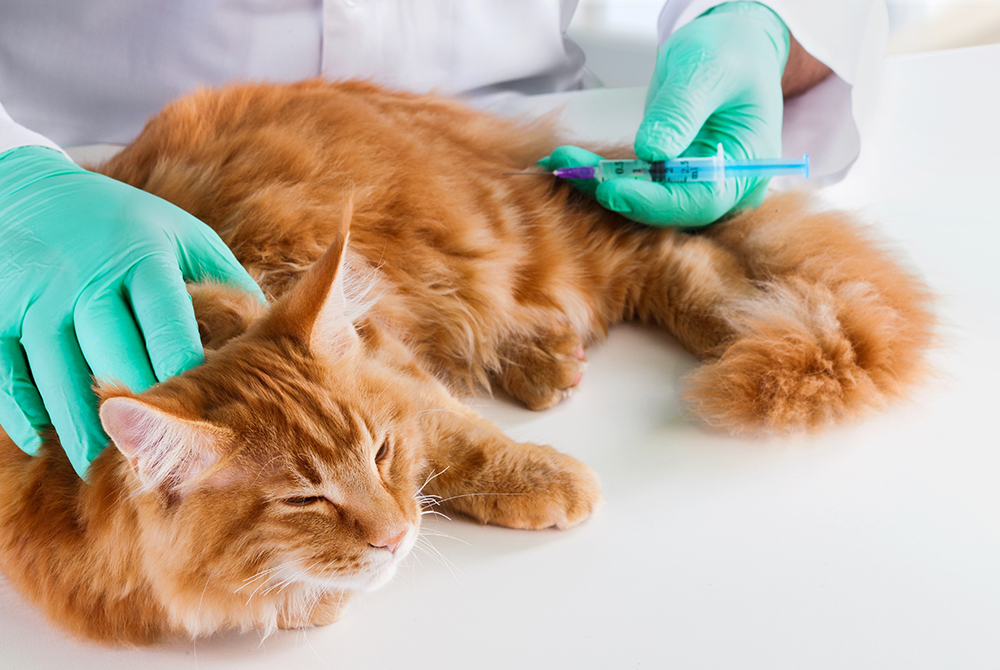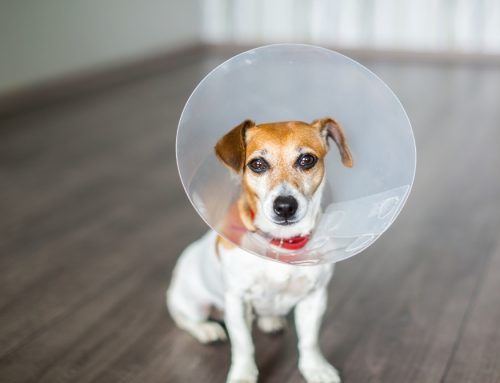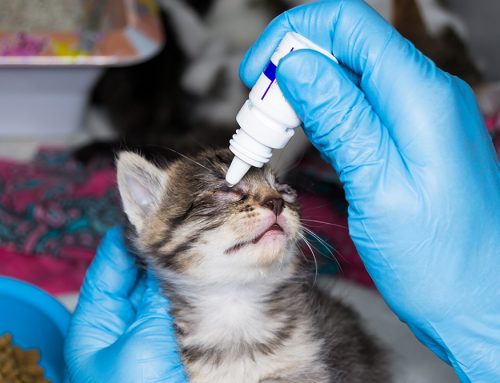Diabetic Insulin Dosage for Pets
Mission Veterinary Clinic
16915 San Fernando Mission Blvd, Granada Hills, CA 91344
Phone: 818-363-8143
missionvet.com
Understanding Diabetic Insulin Dosage for Your Pet
Managing diabetes in pets, much like in humans, involves regular monitoring and administration of insulin. Insulin therapy is crucial for pets with diabetes to help regulate their blood sugar levels and prevent complications. Below is a comprehensive guide on how to manage your pet’s insulin dosage effectively.
What is Insulin?
Insulin is a hormone produced by the pancreas that allows cells to absorb glucose (sugar) from the bloodstream for energy. In diabetic pets, the pancreas either doesn’t produce enough insulin or the body can’t use it effectively, leading to elevated blood sugar levels. Administering insulin injections helps to control this imbalance.
Starting Insulin Therapy
When your pet is diagnosed with diabetes, your veterinarian will prescribe an insulin type and dosage tailored to your pet’s needs. The initial dose is usually conservative to avoid hypoglycemia (low blood sugar). Adjustments will be made based on your pet’s response to the treatment.
Administering Insulin
- Frequency: Insulin is typically administered once or twice daily, depending on your veterinarian’s instructions.
- Timing: Give the injection at the same time each day, preferably after a meal to help stabilize blood sugar levels.
- Technique: Use a syringe or insulin pen as directed by your veterinarian. The injection is usually given under the skin (subcutaneously), often in the scruff of the neck or the side of the abdomen.
- Storage: Store insulin in the refrigerator, but avoid freezing. Before administration, gently roll the vial between your hands to mix the contents without shaking.
Monitoring Your Pet
Regular monitoring of your pet’s blood glucose levels is crucial for effective insulin management. This can be done through:
- Glucose Curves: Your veterinarian may recommend periodic glucose curves, where blood glucose levels are checked every few hours over a day to assess the effectiveness of the insulin dosage.
- Fructosamine Tests: This test measures the average blood glucose levels over the past two to three weeks.
- Home Monitoring: You can also monitor your pet’s blood sugar levels at home using a pet-specific glucose meter.
Adjusting Insulin Dosage
Your pet’s insulin needs may change over time due to various factors, including diet, activity level, weight changes, or other health conditions. Regular vet visits are essential to ensure the dosage remains appropriate. Never adjust the insulin dose on your own without consulting your veterinarian.
Signs of Insulin Imbalance
- Hypoglycemia (Low Blood Sugar): Symptoms include weakness, shaking, seizures, or even loss of consciousness. If you suspect hypoglycemia, offer your pet a small amount of food and contact your veterinarian immediately.
- Hyperglycemia (High Blood Sugar): Symptoms include increased thirst, frequent urination, weight loss, and lethargy. Persistent hyperglycemia requires veterinary attention.
Emergency Situations
If your pet shows signs of severe hypoglycemia or any unusual symptoms, contact Mission Veterinary Clinic immediately at 818-363-8143 or visit us at 16915 San Fernando Mission Blvd, Granada Hills, CA 91344.
Mission Veterinary Clinic is dedicated to providing high-quality urgent care for your pets. We accept walk-ins only and prioritize patients based on the severity of their condition. For more information, please visit our website at missionvet.com or call us at 818-363-8143.
This information sheet is intended as a general guide. Always consult your veterinarian for advice tailored to your pet’s specific needs.










Leave A Comment